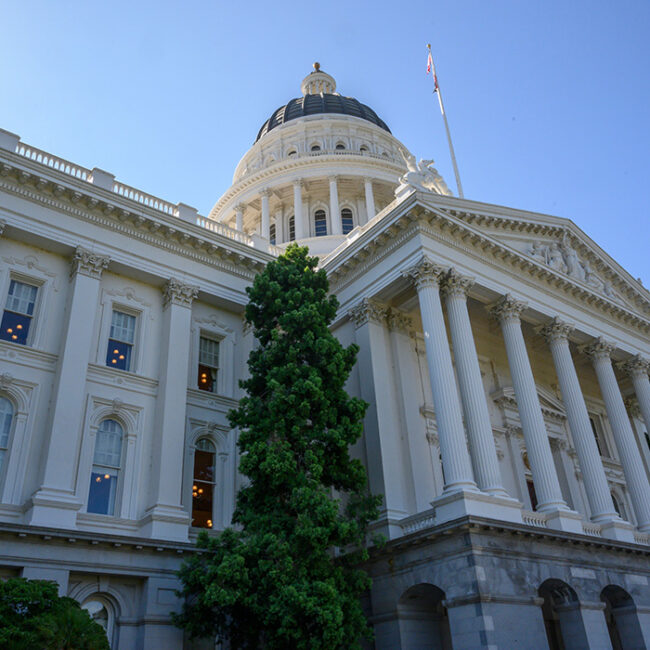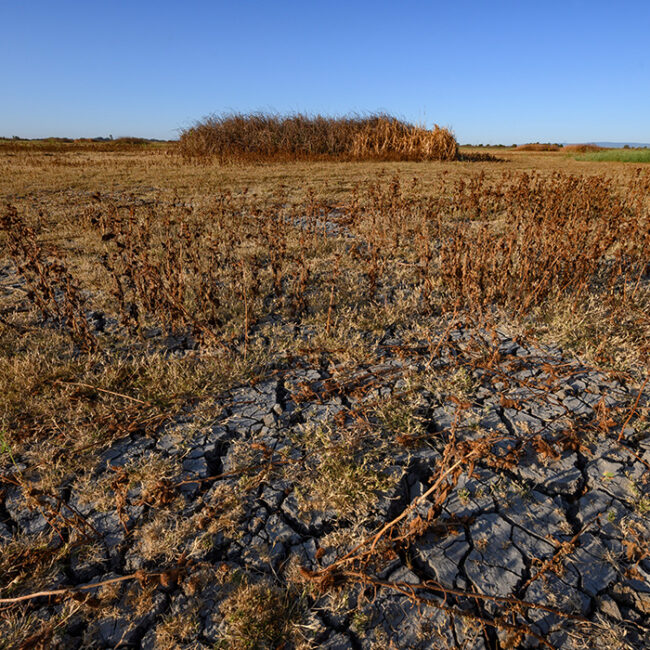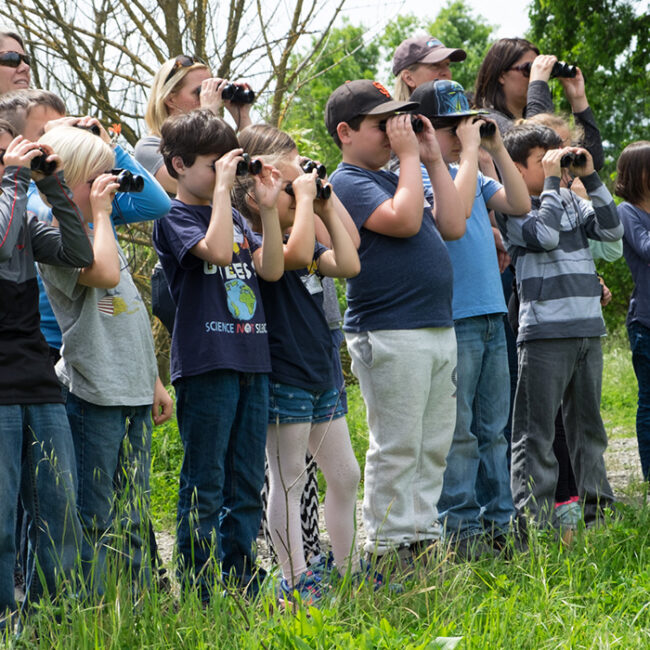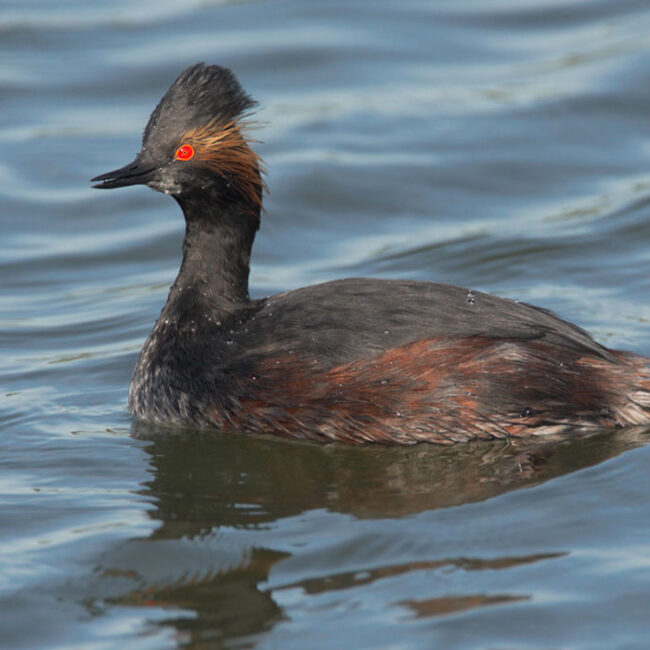Dig Deeper into the CVJV's Work
Dive into details about the regions we work in, the habitats we work to protect and restore, the issues around our precious water and its impact on our work, as well as the bird groups and species we support.
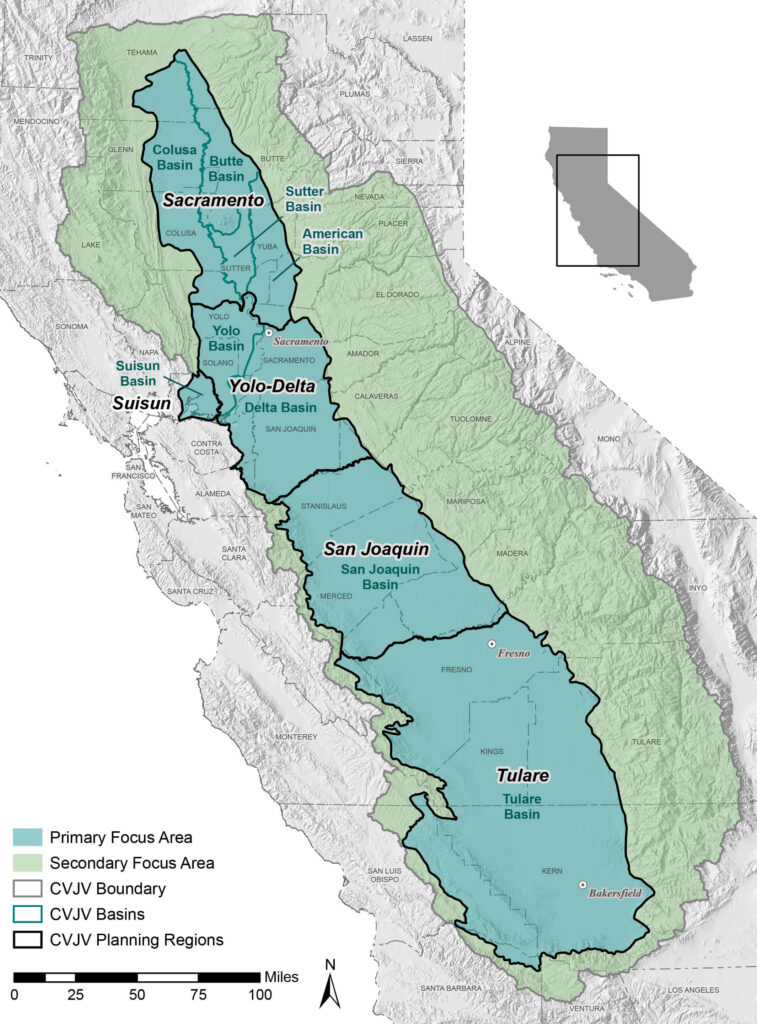
Our action area
The Central Valley stretches 450 miles down the center of California, extending to the surrounding mountain peaks. The Valley provides some of the most important bird habitat in North America, hosting one of the largest concentrations of migratory birds in the world during the fall and winter.
The CVJV Planning Regions
The CVJV is divided geographically into a primary and a secondary area of focus. For landscape planning, the focus areas are further divided into planning regions. There are five planning regions in the Primary Focus area and three in the secondary focus area.
The Habitats that Make it all Possible
In the Central Valley, there are four major habitat types that are necessary to provide the breeding, foraging, resting needs for more than 100 million birds of approximately 400 species use the Central Valley during all or part of their life cycles
Keeping the Water Flowing
Overcoming the many challenges and ensuring reliable and affordable water supplies for wetland habitat management may be our greatest challenge. If we’re to meet this challenge, it is important to understand the historical and political context.
The Principal Bird Groups of the CVJV
Experts used the best available science to identify biologically-based conservation objectives for the eight bird groups in the Central Valley of California on which the CVJV focuses its efforts.


